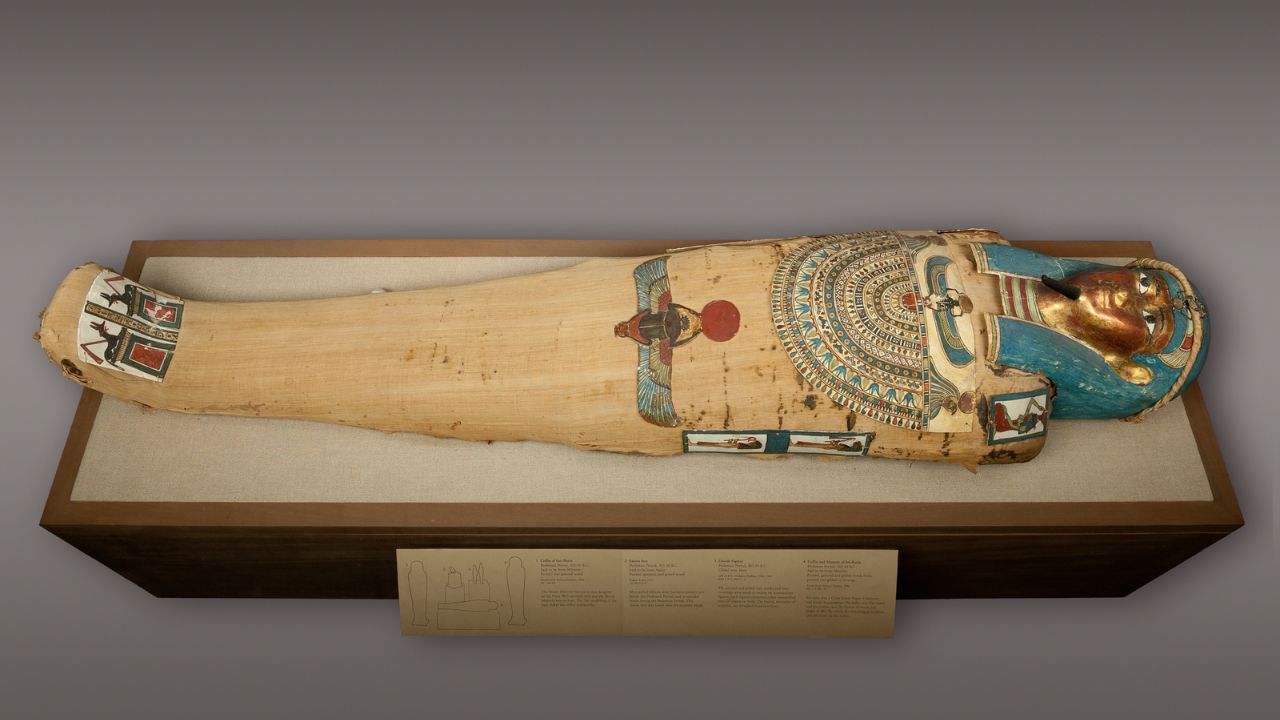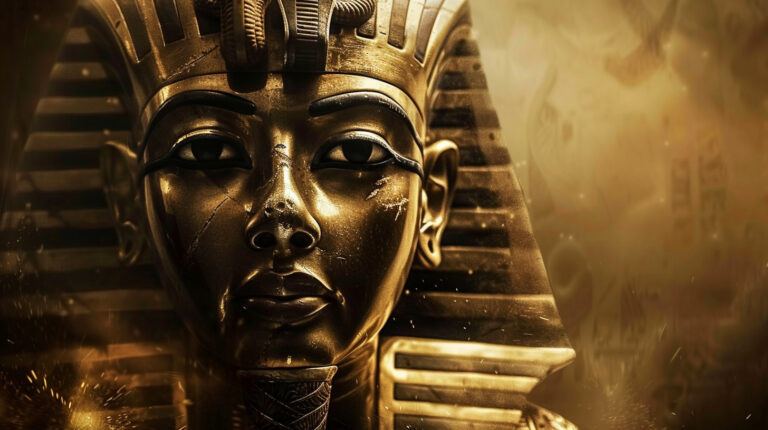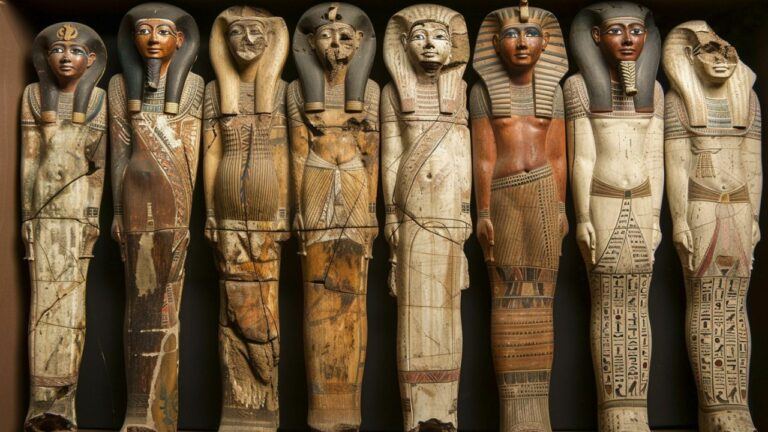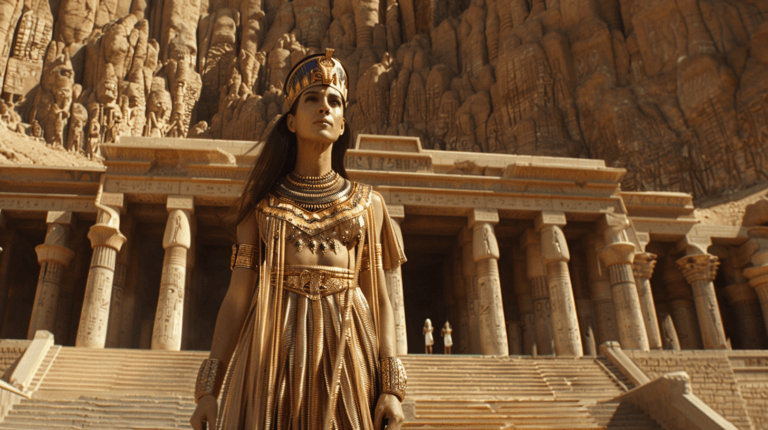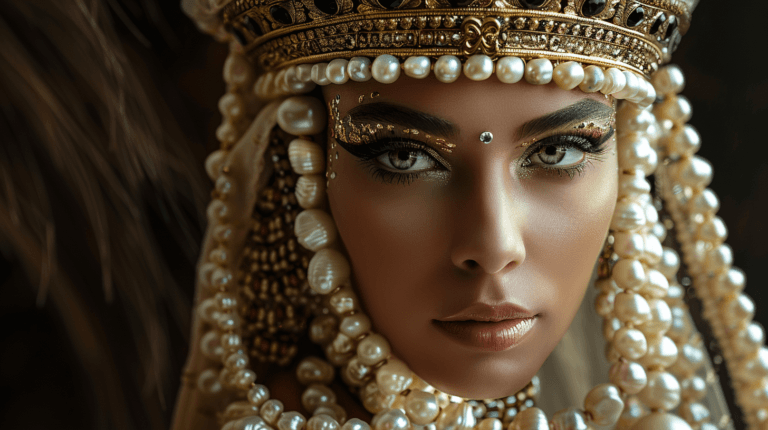Unveiling 25 Facts about Egyptian Mummies
Mummies. We’ve all seen them in movies – shambling creatures wrapped in dusty bandages! But while Hollywood loves a good monster story, the real world of mummies is far more fascinating. I’ve spent years poring over ancient tombs, carefully studying these preserved bodies, and trust me, there’s more to mummies than meets the eye. So, if you’re a mummy enthusiast like me, buckle up! Here are 25 interesting facts about Egyptian mummies in Ancient Egypt that might surprise you.
Facts About Egyptian Mummies
Mummies are More Than Just Egyptian
When you hear the word ‘mummy,’ your mind probably conjures up images of pharaohs and pyramids. But did you know that mummies have been found all over the world? From the icy peaks of the Andes Mountains to the peat bogs of Northern Europe, mummies exist beyond Egypt’s borders.
Animals Got the Royal Treatment Too
Ancient Egyptians held a deep reverence for animals. Cats, baboons, and even crocodiles were sometimes mummified. These animals were either sacred offerings to the gods or beloved pets given a proper send-off.
Not So Accidental Mummies
You might think that the oldest mummies were created by lucky accidents. However, some, like the Chinchorro mummies in Chile, were made intentionally. These ancient people developed techniques for preservation thousands of years before Egyptian mummification became famous.
Recipe for a Mummy
The Egyptian mummification process was complex. Priests removed organs, dried the body using natron, and wrapped it in linen, sometimes placing amulets for protection in the afterlife.
Mummies Under the Microscope
More Than Meets the Eye
Thanks to modern technology, we can uncover vast amounts of information from these ancient remains. X-rays and CT scans allow us to explore the bodies without unwrapping the mummies.
X-ray Vision
X-rays let us peer inside mummies and detect hidden amulets or signs of diseases that afflicted the ancient Egyptians. CT scans are even more advanced, helping researchers examine skeletal structures in detail.
A (Very Old) Trip to the Dentist
Did ancient Egyptians brush their teeth? By analyzing mummified remains, we can learn about their diet, dental health, and even social status.
DNA Detectives
With DNA extraction from mummies, scientists can trace family relationships and ancient migration patterns. Studies of Tutankhamun’s family have revealed much about royal lineages.
The Stories on Their Skin
Some mummies bear literal stories – tattoos! These intricate designs might signify social or religious status, or even magical symbols meant to protect them in the afterlife.
Mummies – Modern Marvels and Mysteries
Unwrapping Parties? It’s a Thing
In Victorian times, wealthy Europeans held parties to unwrap mummies, treating them as curiosities. A macabre trend that thankfully didn’t last long.
Mummy Powder, Anyone?
For centuries, people believed ground-up mummy powder had medicinal properties. Today, such practices have long since ended, but they remain a dark chapter in the history of Egyptian archaeology.
Mummies on the Move
Many mummies discovered in Egypt ended up in museums worldwide, raising debates about where they truly belong. The ethics of repatriating these ancient remains is a topic of ongoing discussion.
You Can Still Be Mummified Today
Mummification is not just a thing of the past. Some people today choose to be mummified after death, using modern chemical techniques.
Bog Bodies – Accidental Mummies
In Northern Europe, bogs preserved bodies naturally, creating incredibly well-preserved “bog bodies.” These natural mummies are much like the Egyptian ones, preserved under specific environmental conditions.
Otzi the Iceman – A Frozen Time Capsule
Otzi, a natural mummy from the Alps, is over 5000 years old and has given us profound insights into life during the Copper Age. He is one of Europe’s most famous ancient mummies.
Mummies May Hold Clues to Ancient Diseases
Did the ancient Egyptians suffer from cancer or other ailments? Studying mummified remains might help us trace the origins of modern diseases.
Mummy Hair Reveals Surprising Secrets
By studying hair samples from mummies, researchers can analyze diet and health, providing surprising insights into the daily lives of ancient Egyptians.
Virtual Mummies
Advanced technology allows us to digitally unwrap mummies without damaging their fragile wrappings. These techniques offer a non-invasive way to continue mummy research.
Can You “Hear” a Mummy?
Scientists are experimenting with recreating the voices of mummies, using scans of their vocal tracts to simulate how they might have sounded. This modern marvel shows just how advanced mummy studies have become.
Want to dive even deeper into the world of mummies? Explore more on the main page about Egyptian mummies!

